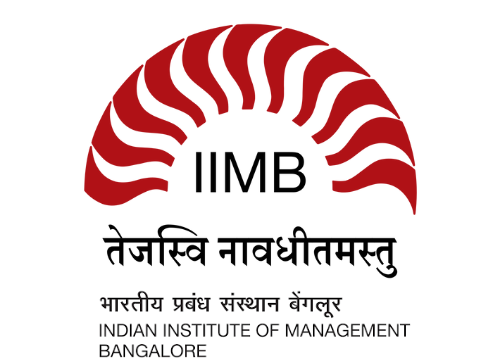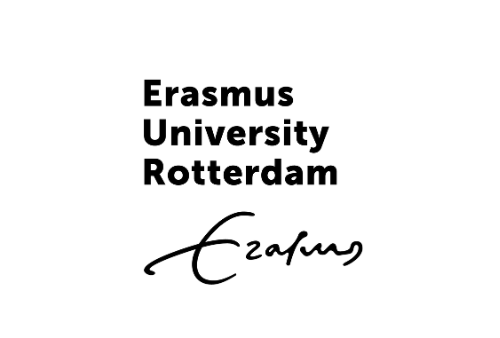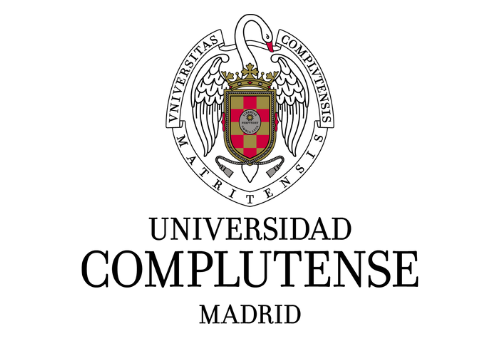THE EVOLUTION OF INDIA’S PLANNING FRAMEWORK :A STUDY OF NITI AAYOG
Charumathi T, Student at School Of Excellence In Law (TNDALU)
A.Fennin Princiya, Student at School Of Excellence In Law (TNDALU)
As Prime Minister Narendra Modi so eloquently put it, ” A major institutional reform is the move away from merely planning, to transforming India. The setting up of NITI Aayog, is a step in this direction.[1]The essence of the revolution that NITI Aayog represents is emphasized in this quote. Not only is the name being changed, but the entire approach to governance is being rethought with the goal of promoting cooperative federalism and sustainable development. This paper examines how economic planning and policy have changed in India, with a particular emphasis on the change from the Planning Commission to the NITI Aayog. It explores the structural and compositional elements of NITI Aayog after providing an introduction and historical background. We look at the responsibilities and roles of NITI Aayog and the Planning Commission to see how they each affect Indian governance. The creation of NITI Aayog and the Planning Commission’s subsequent dissolution signaled a dramatic change in how policies were developed. Understanding the differences between these two organizations is essential to comprehending how they view cooperative federalism and how it affects society. Discussions of both institutions’ criticisms offer a fair-minded viewpoint. The results are summed up in the conclusion, which also considers the wider ramifications for India’s future economic strategy.




































